The natural world never ceases to amaze us with new discoveries of diverse animal species. Of particular interest are the exceptional and exotic birds that have captivated the attention of scientists, researchers, and bird enthusiasts due to their distinctive and fascinating characteristics.
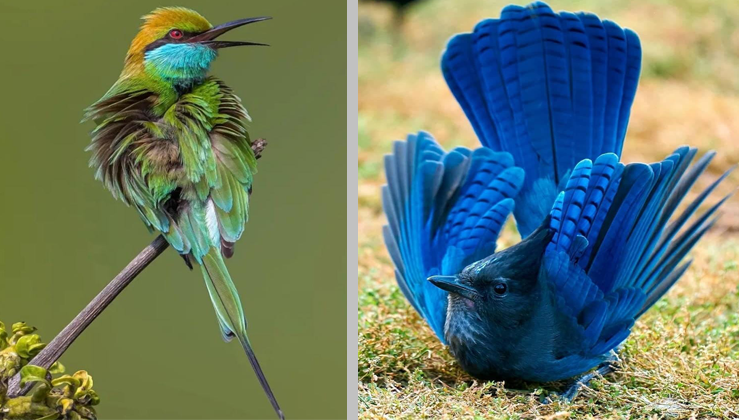
The Earth is home to a variety of birds, each with unique and stunning colors. From fluffy white ones to those with vibrant rainbow feathers, it’s clear that nature enjoys experimenting with their appearances. To indulge in the beauty of these majestic creatures, we’ve compiled a collection of 16 breathtaking bird photos for you to admire.
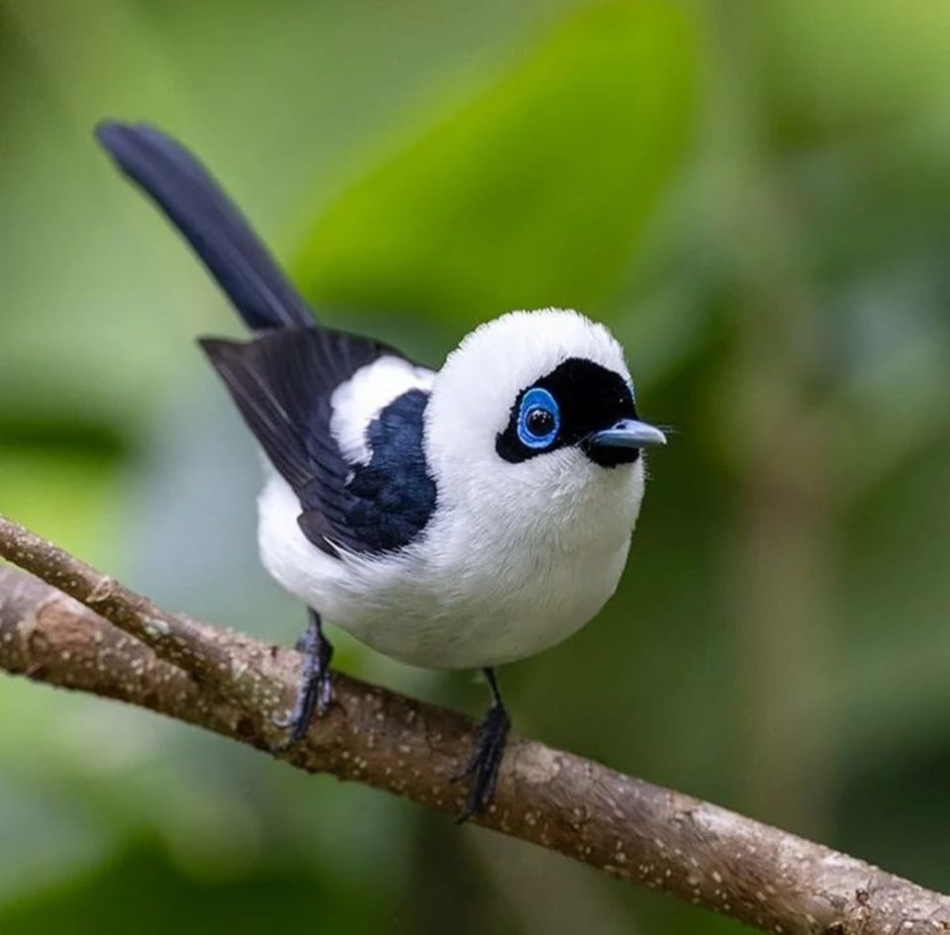
Meet the Frill-Necked Monarch: The Frill-necked Monarch, also known as Arses lorealis, is a charming species of monarch flycatcher belonging to the Monarchidae family. This bird is special to the rainforests located in the northern Cape York Peninsula. Interestingly, for many years, it was considered a subspecies of the related frilled monarch (Arses telescophthalmus), but was later reclassified as a separate species in 1999 by Schodde and Mason. This reclassification was upheld by Christidis and Boles in 2008. With a length of approximately 14 cm (5.5 in), the frill-necked monarch has neck feathers that can erect to form a small frill. Males are predominantly black and white with an all-white breast, distinguishing them from the similar and more commonly seen pied monarch that has a broad black breastband. The frill-necked monarch’s throat, nape, shoulders, and rump are white while its wings and head are black.
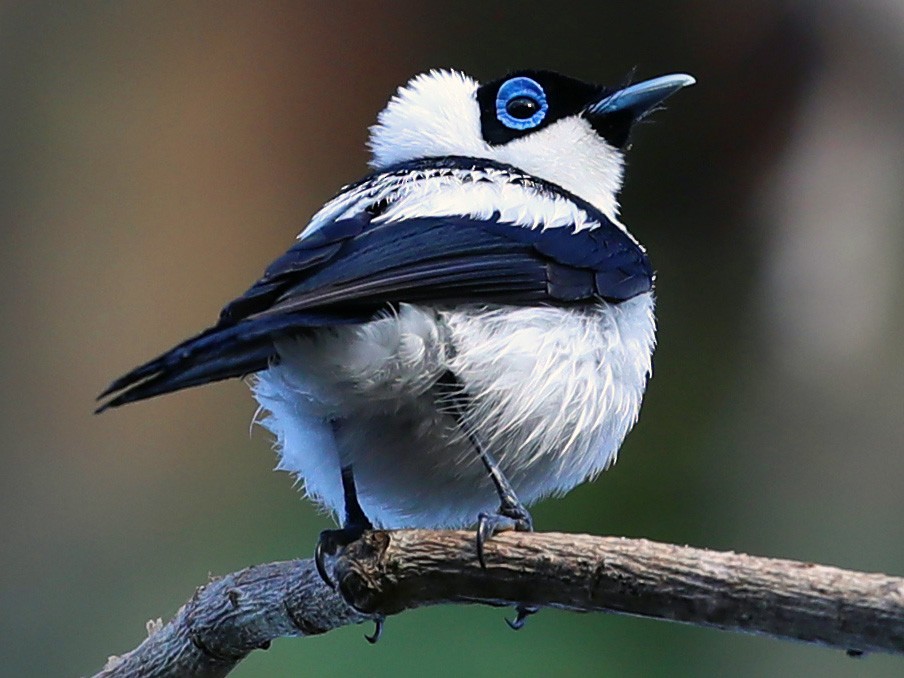
This bird species can be found in a range that stretches from the northernmost point of the Cape York Peninsula down to Weipa. It also extends southeast to the Iron Range and Coen. Its natural habitats include subtropical or tropical moist lowland forests as well as subtropical or tropical moist montane forests. Breeding season happens between November and February, during which they raise one brood. The birds build a nest using vines and sticks woven together with spider webs and shredded plant material. It is decorated with lichen and shaped like a shallow cup. The nest is typically located on a hanging loop of vine, around 2-10 meters above the ground, and far from the trunk or foliage of a large tree. They lay two oval-shaped white eggs with a pink tinge, splotched with lavender and reddish-brown markings that measure 19mm x 14mm.
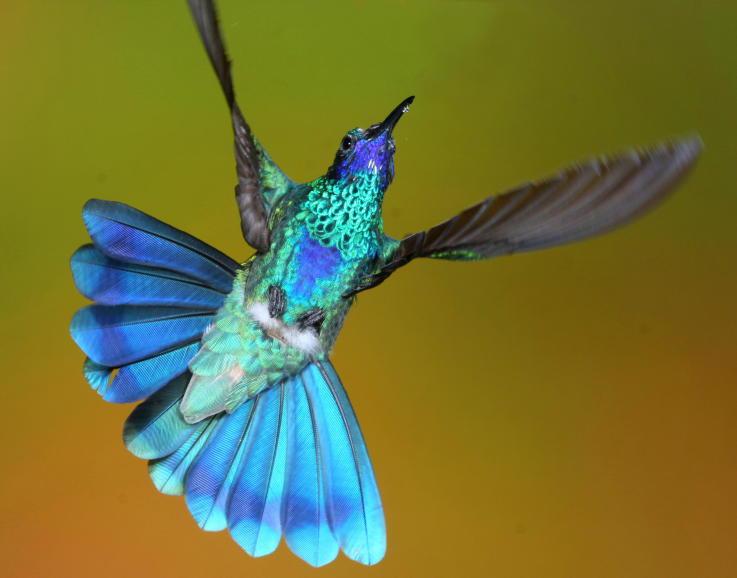
The sparkling violetear is a type of large hummingbird that is known for its territorial nature and distinct vocalizations. This bird can be frequently spotted in various semi-open environments, such as gardens and parks in major cities like Quito, Ecuador. It is actually the most common species of hummingbird in its habitat range, which spans across the Andes, the Venezuelan Coastal Range, and the tepuis in northern and western South America. Belonging to the Trochilidae family, the sparkling violetear is one of four known species within the Colibri genus – the others being the brown violetear, white-vented violetear, and green violetear.
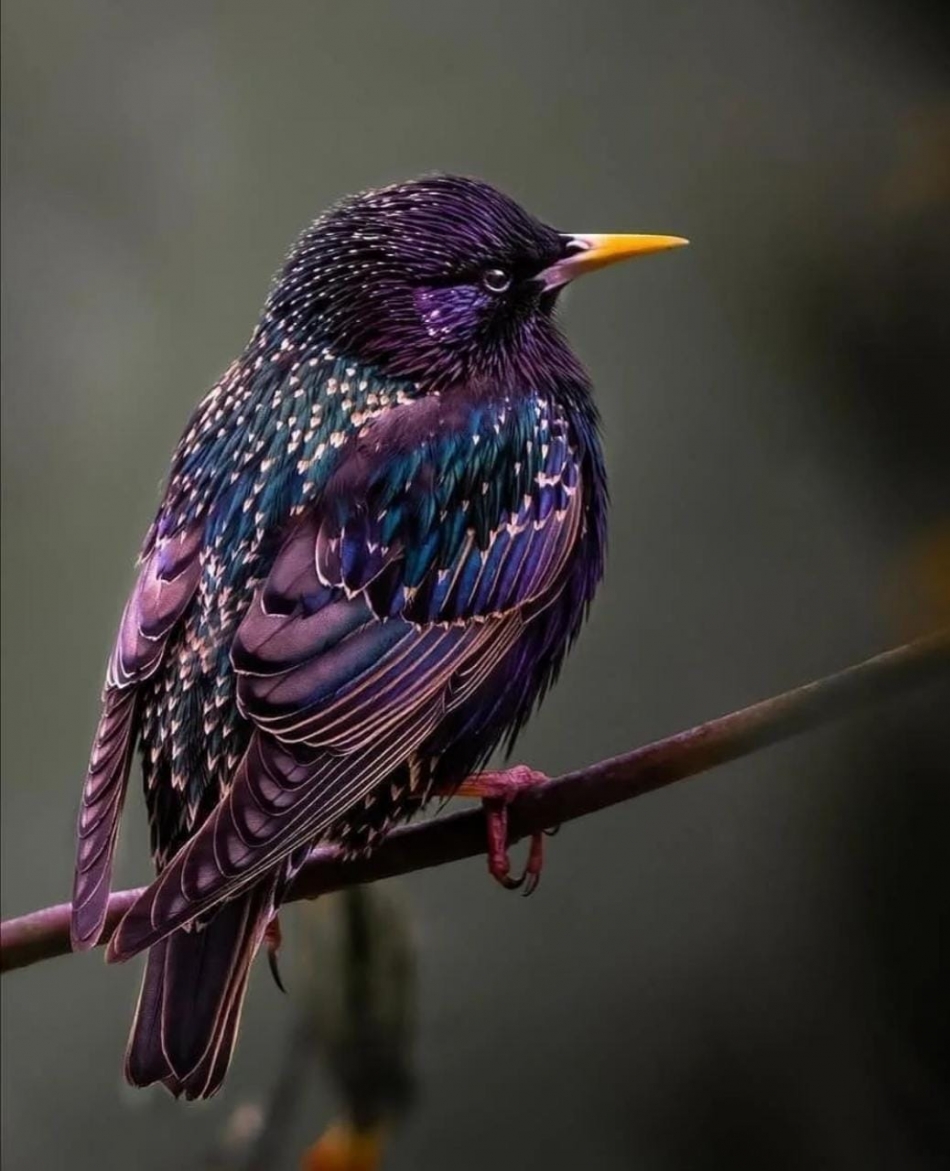
The European Starling, scientifically known as Sturnus vulgaris, can be found in all but one of the world’s six biogeographical regions, excluding the Neotropics. These birds are mainly present in their natural Palearctic region, which spans from Central Siberia in the east to the Azores in the west and Norway in the north to the Mediterranean in the south. However, they were introduced to North America back in 1890, where only fifteen pairs survived out of the hundred starlings that were released in New York City. Over the next century, their population increased exponentially to a million-fold. Due to their ecological tolerance, these birds were able to expand rapidly across the United States from the Atlantic to the Pacific and from Southern Canada to Northern Mexico. European Starlings prefer lowlands and non-mountainous terrain during breeding season, where they require holes for nesting and fields of vegetation for feeding. They tend to use trees, buildings, and rooftops as nesting sites, and occasionally plunder on other birds’ nests to make them their own. They can also adapt to a range of habitats from open moorland to salt marshes for the rest of the year.

At the outset, the Tawny-flanked Prinia may not seem particularly noteworthy due to its unassuming appearance and tendency to blend into its surroundings. However, it catches the attention of observers with its unique call. These birds are agile and do not linger in one place for long, except when they sing beautifully.

The Garrulax morrisonianus, commonly known as the white-whiskered laughingthrush or Formosan laughing thrush, is a type of bird belonging to the Leiothrichidae family. This species is exclusively found in the montane forests of Taiwan and is distinguishable by its unique facial pattern and yellowish to horn-colored, thrush-like bill. The black eyes and strong, brownish pink legs complement its large size, which can range from 26 to 28 cm (10 to 11 in) long, with an average weight of 77 grams (2.7 oz). These birds are sociable and often travel in big groups, displaying no fear of humans. While habitat destruction and fragmentation have led to a decline in their population, there are still roughly 10,000 to 100,000 breeding pairs estimated in Taiwan, and they are not currently threatened.
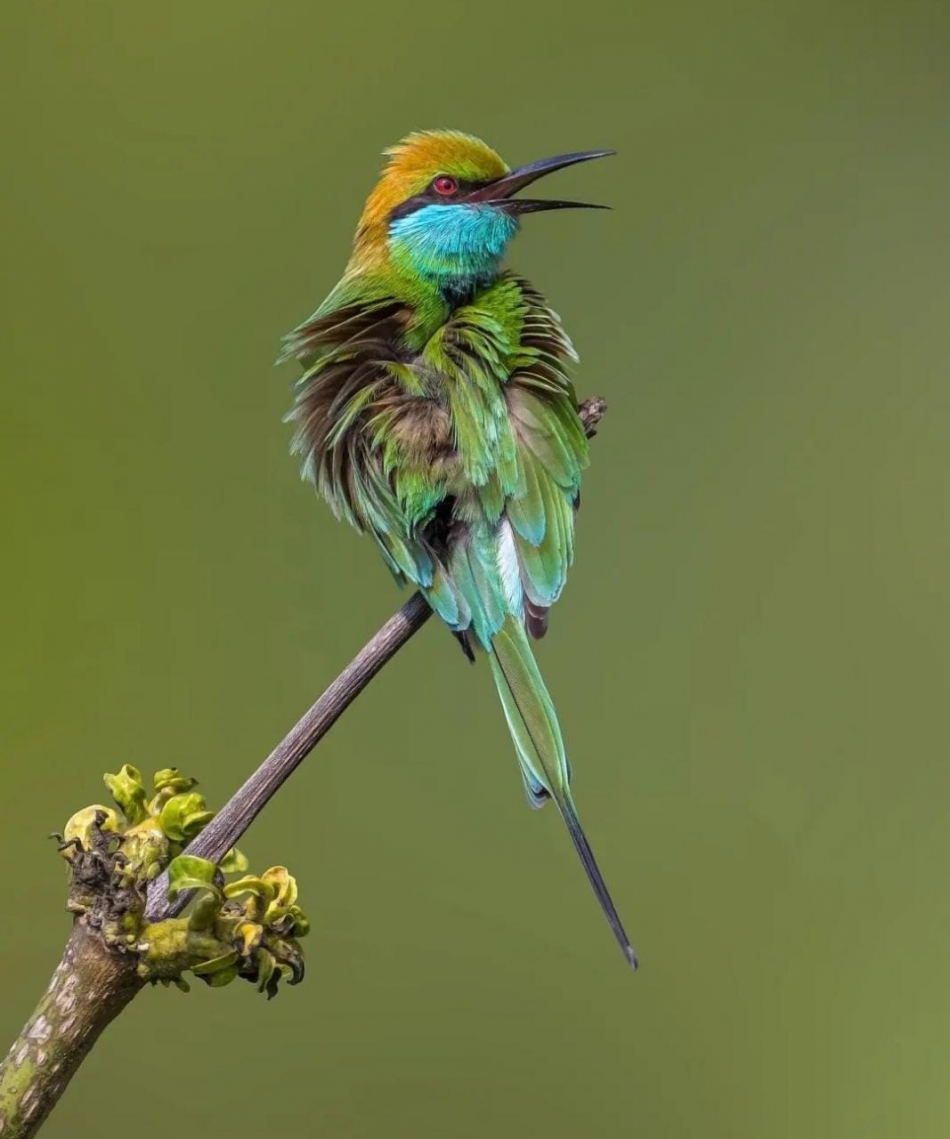
The bee-eater family, scientifically known as Meropidae, is composed of birds that possess slender bodies, long bills, and brightly-coloured feathers. They feed on various types of winged insects such as dragonflies, flying beetles, bees, and wasps. Bee-eaters usually gather on high and open perches like dead trees in areas with open fields, riverbanks, or forest edges. Their keen eyesight enables them to easily locate their prey while in flight. In Southeast Asia, these birds typically burrow in sandy cliffs or bare ground to create their nests. However, they have also been observed nesting in man-made piles of sandy soil. The Red-bearded Bee-eater Nyctornis amictus, on the other hand, is known to make its nest in termite mounds. Although Africa has the greatest variety of bee-eaters, Southeast Asia still boasts eight species of bee-eaters, which may either reside or migrate in the region.
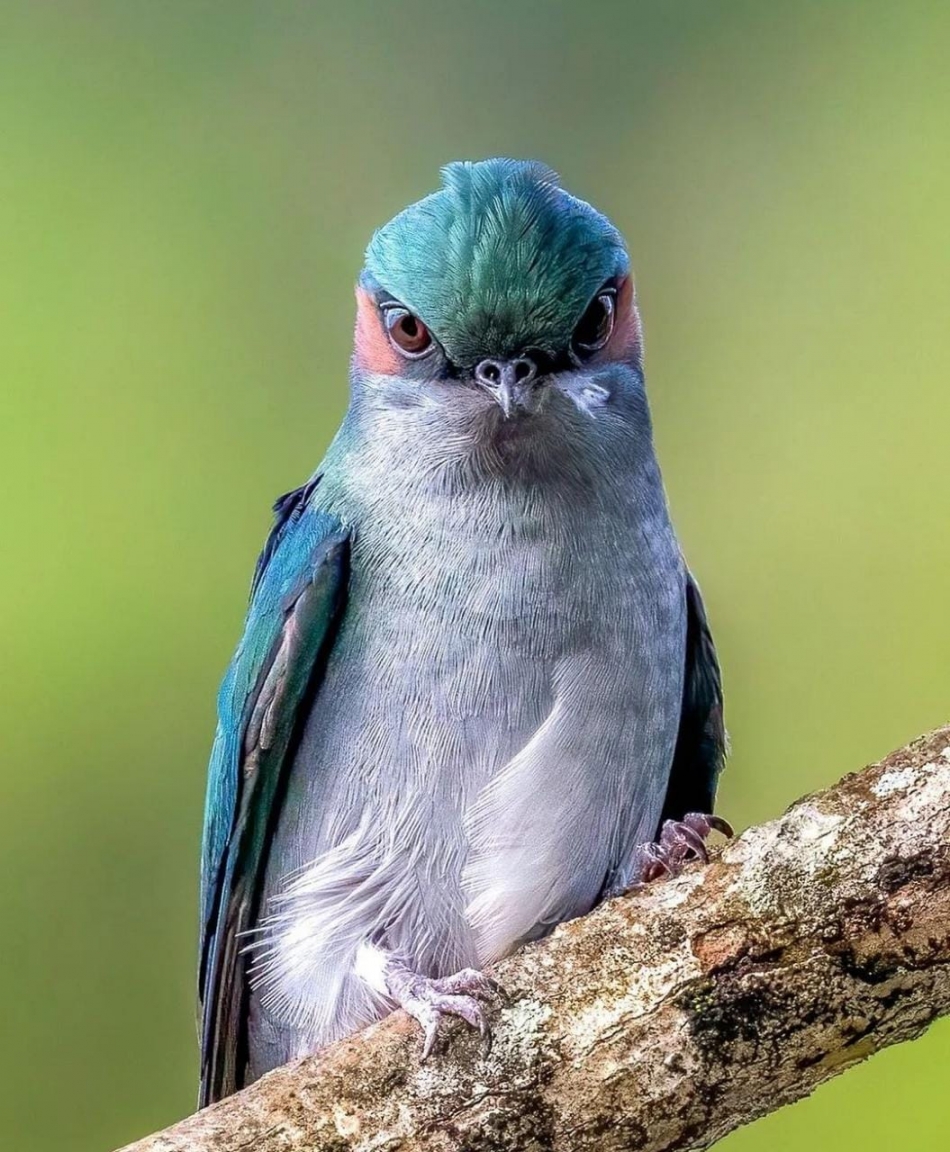
The grey-rumped treeswift belongs to the Hemiprocnidae family and is a bird species. The family has four species that are currently classified together. Unlike true swifts, the treeswifts are arboreal in nature and are often found perched on trees, power transmission lines, and pylons, with their wing tips crossing over their tail when they are resting. This specific species is commonly found in peninsular Malaysia and has a large range, but there is limited information about its population trend.
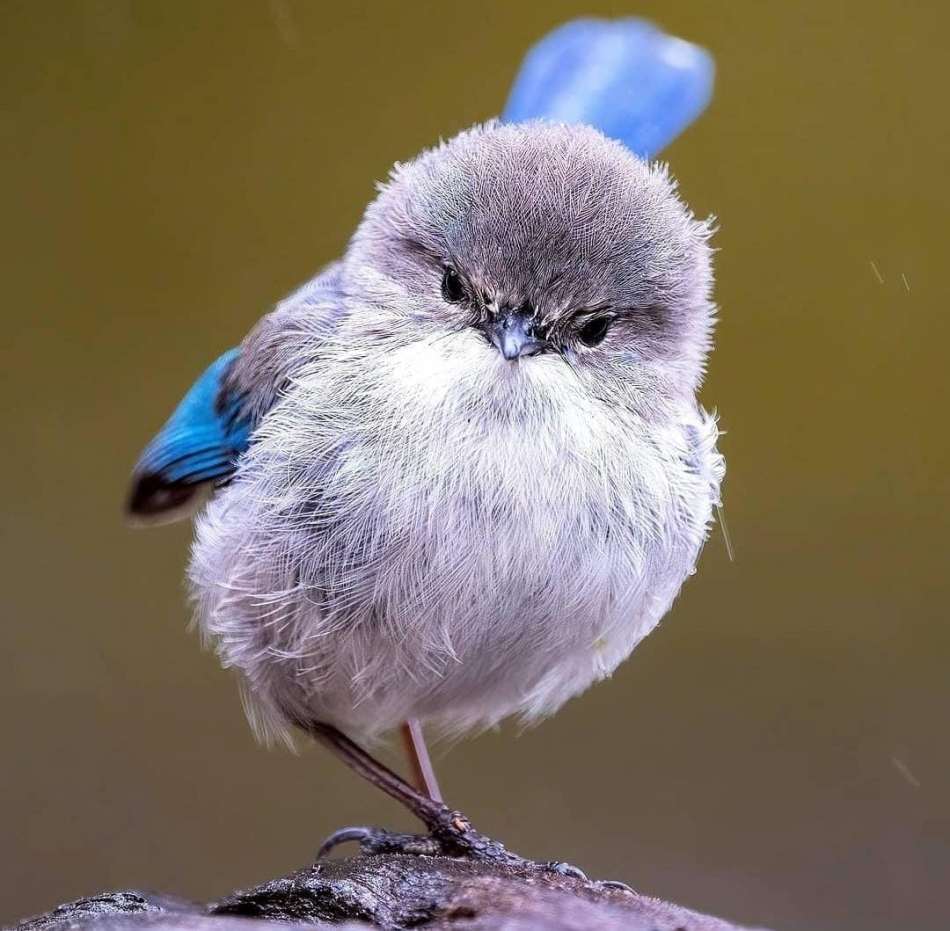
The Superb Fairy-wren is a beautiful bird with shiny blue and black feathers on the male. These males are often seen with brown birds that are thought to be females, but some of them are actually young males without breeding plumage yet. The birds’ nests are messy and usually contain three or four eggs, which may not all belong to the male. Female fairy-wrens are known for being unfaithful and having offspring from extramarital affairs. Superb Fairy-wrens can be found in various habitats throughout eastern Australia, Tasmania, and the southeastern corner of South Australia. They are common in parks and gardens and travel in small groups consisting of one male, several females, and young birds.
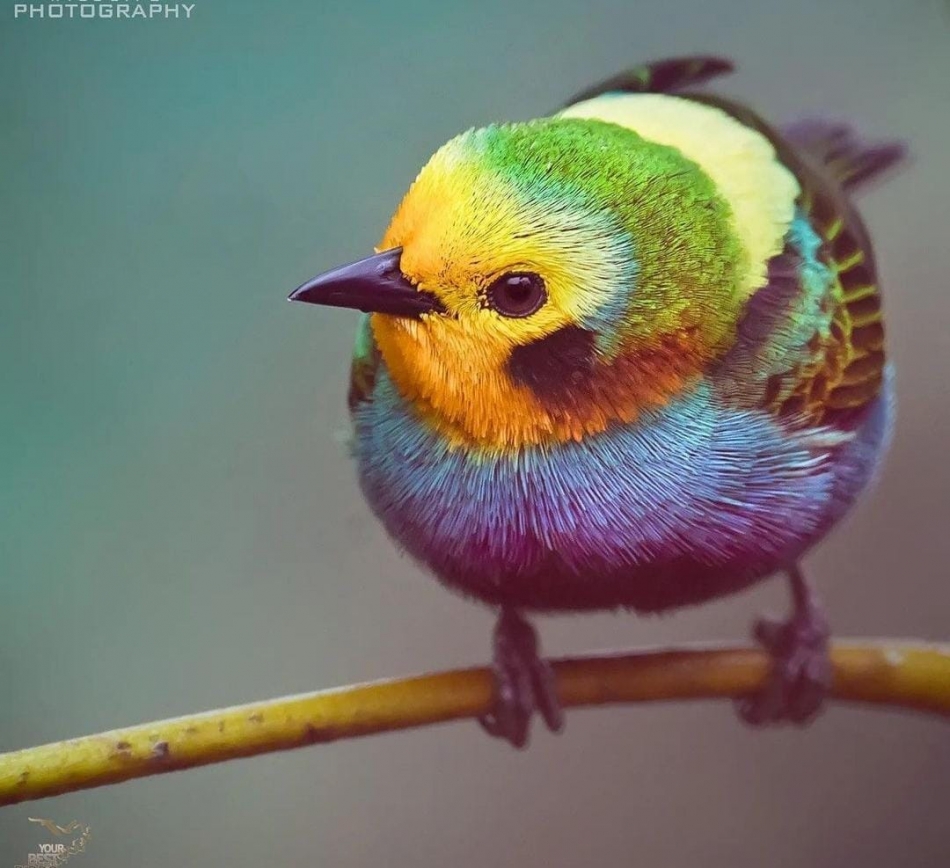
The multicolored tanager is a tiny bird that measures around 12 cm long. The male species has a vibrant appearance with yellow feathers on the crown, face, mantle, and throat. It also has chestnut and black ear coverts, green nape and wings, blue rump, breast, belly, and a black patch at the center of its underparts. On the other hand, female birds are less bright with no yellow mantle or black patch on their underparts. Young birds of both sexes have a similar appearance to females, but less vivid. The multicolored tanager is found exclusively in the Occidental and Central Cordillera of Colombia, inhabiting the interior of wet montane forests. Although it prefers altitudes between 1300 to 2200 meters above sea level, there are records of sightings as low as 900 meters in the Department of Cauca. The species is commonly observed in mature forests, but can also be seen in mature secondary forests and forest edges. Its recent sightings are mostly reported in the Valle del Cauca Department, where it resides year-round and remains a common sight, even in small forest fragments. https://www.youtube.com/embed/QJDhL_VfnMU
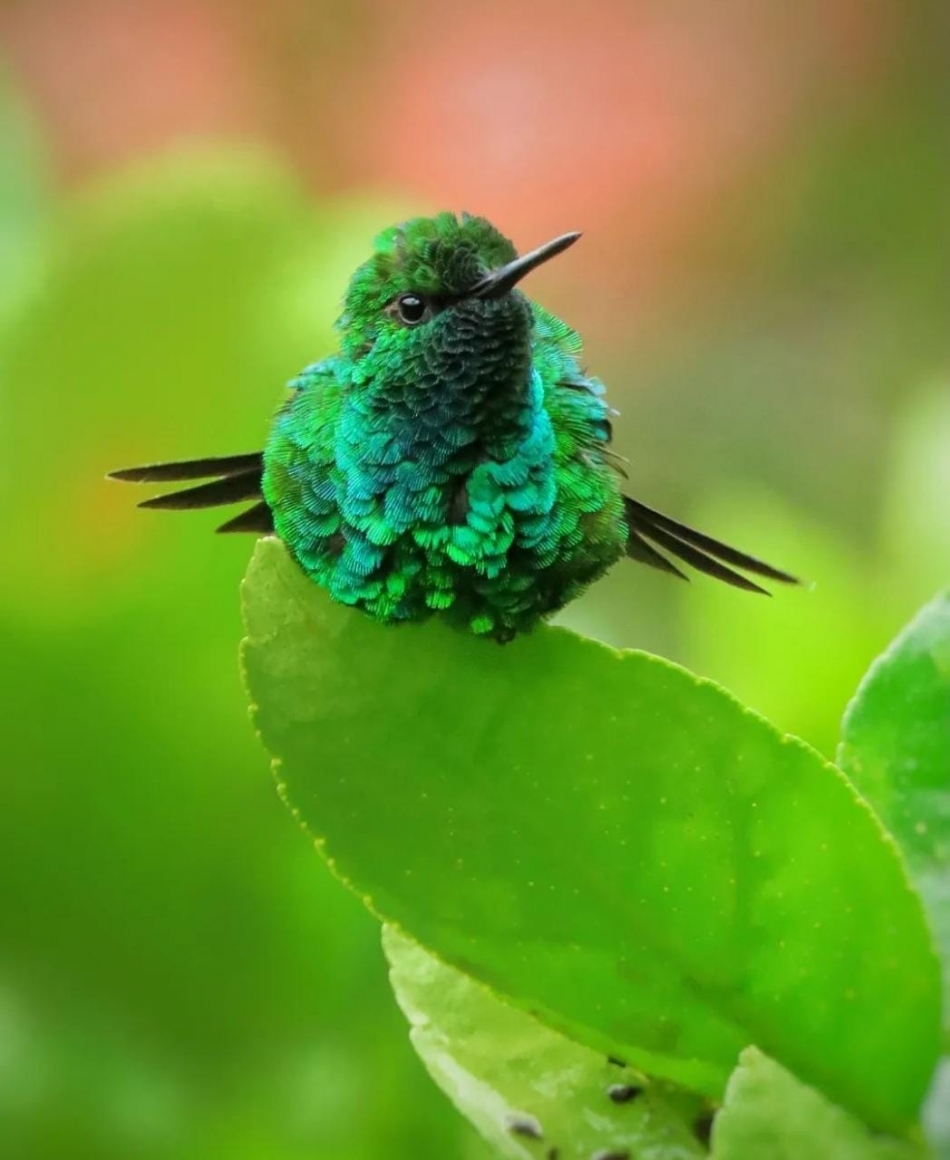
The Western Emerald Hummingbird, also known as Chlorostilbon melanorhynchus, is a type of hummingbird that originates from South America. It can be found specifically in the subtropical and tropical moist forests of western Colombia and Ecuador. Despite having a large range of habitat, with an estimated global Extent of Occurrence of 153,000 km, this species is only fairly common to common in certain parts of its range. Typically, the Western Emerald Hummingbird is located in subtropical and tropical moist forest and montane areas. To see this species in action, check out this video: https://www.youtube.com/embed/Cssbp3CpwnE
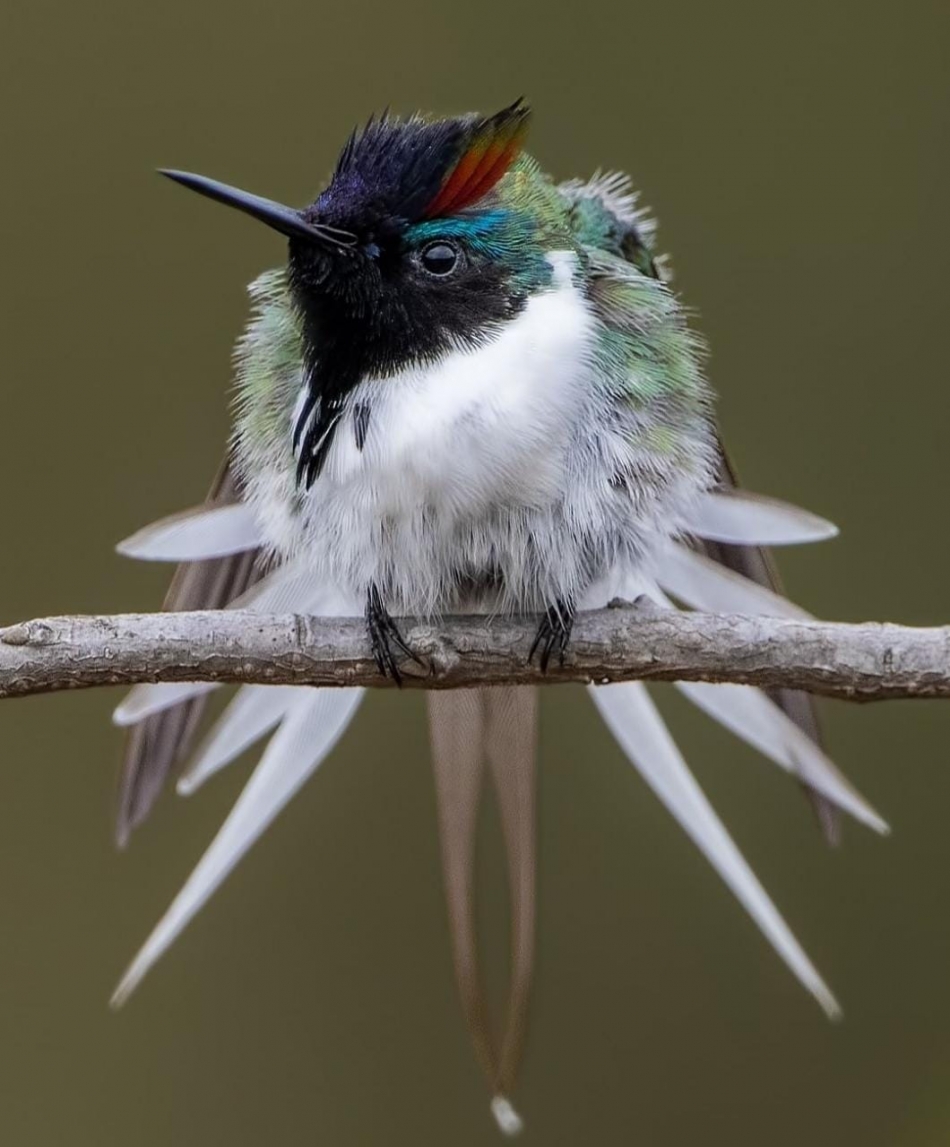
The Horned Sungem bird species has a vast area of distribution, which means that it does not meet the criteria for being classified as Vulnerable due to its range size. Its habitat has not seen a decline of 30% or more in the past decade or three generations. Meanwhile, there is no exact number for the population size, but it is believed to be stable enough and not at risk of meeting the criteria for Vulnerable classification. Therefore, the Horned Sungem is currently categorized as Least Concern.

The Long-tailed Tit is a bird that can be found in the temperate regions of Eurasia. It is often referred to as the Silver-throated Tit because of the white feathers on its belly. This species has a small, round body that measures 13-15 centimeters in length, with a tail that is approximately seven-nine centimeters long. Its bill is also short and stout. The Long-tailed Tit feeds mostly on the eggs and larvae of insects such as moths and butterflies. Despite experiencing some population declines due to harsh weather conditions, it is currently listed as a species of least concern by the IUCN, indicating that it is not considered to be under significant threat. Let’s appreciate the beauty of this charming bird.
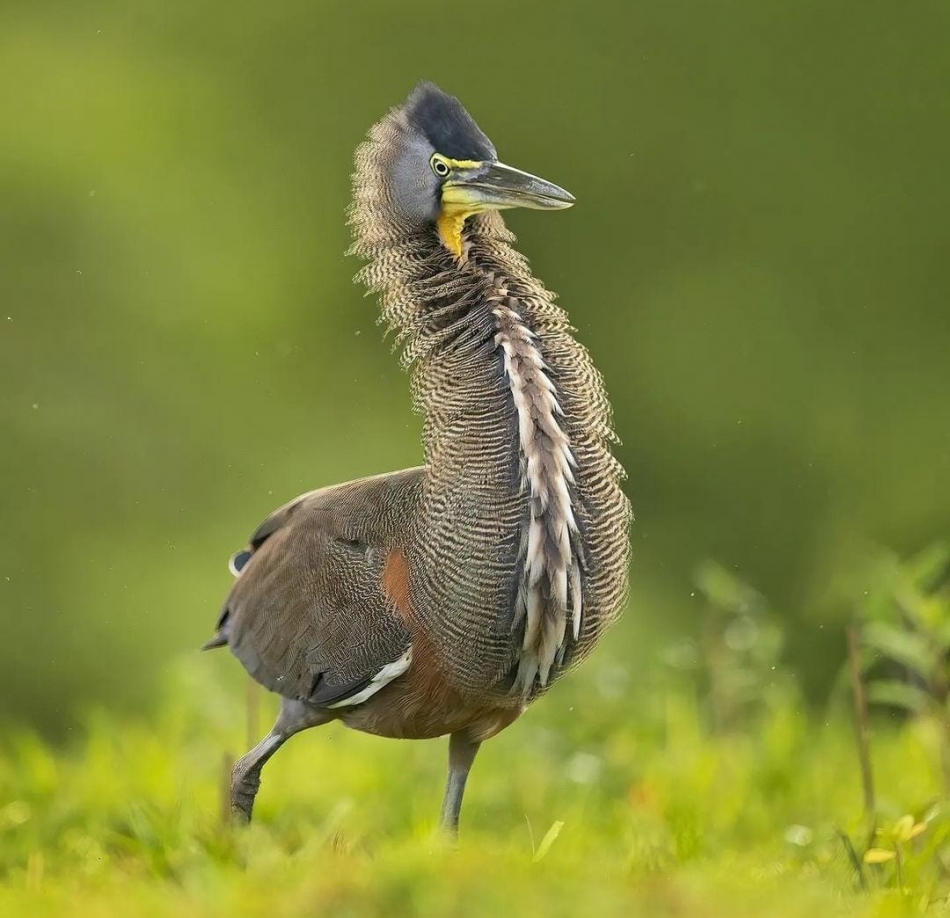
The Bare-throated Tiger-Heron is a medium-sized heron that can be found in coastal regions of Mexico, Central America, and northern South America. It has cryptic coloring, with a green face and throat, black crown and nape, grey side of the head, and yellow-green lores, skin around the eye, and featherless throat that runs onto the lower bill. Its front neck is tawny and white striped, while the hind neck is finely barred in brown and buff. The back is dark olive brown with very fine buff vermiculation and flight feathers are black. Its underparts are cinnamon and thighs are grey, while its legs range from dark grey olive to slate green.
During nesting, the bare throat of the Bare-throated Tiger-Heron may become bright yellow to orange. Unfortunately, not much is known about the population size or trends of this species. It is widely distributed throughout its range, and it is reported to be common in countries such as Honduras, Guatemala, Belize, Nicaragua, and Costa Rica. However, it may be rare to uncommon and declining in Panama, and possibly at risk in north Colombia.
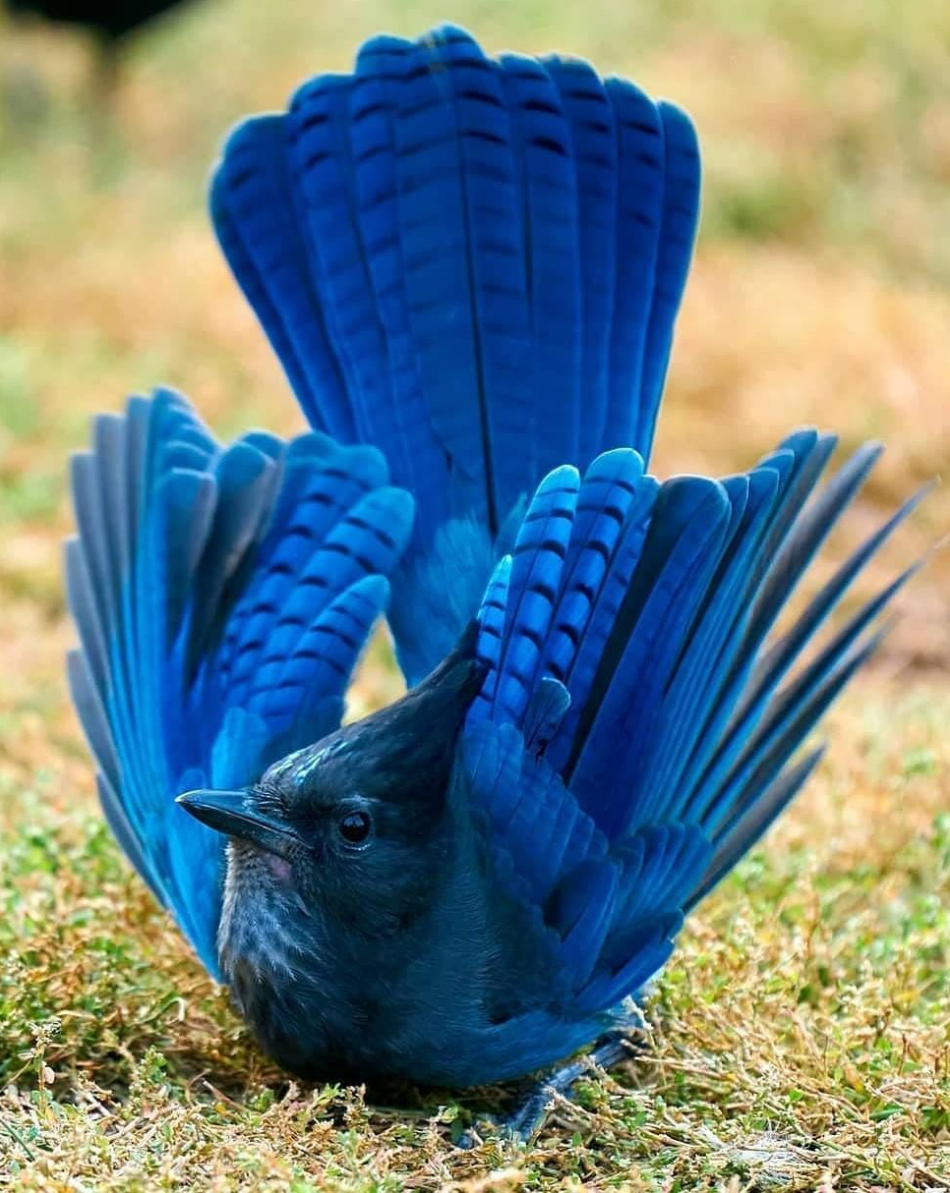
The Steller’s Jay is a visually stunning bird, characterized by its deep blue and black feathers and long, shaggy crest. Its body is primarily black in the front and deep blue towards the rear, extending midway down its back and breast with faint, dark barring on its wings. Adults have blue eyebrows above each eye, while juveniles lack this feature and have a slightly browner head. The inland form of the Steller’s Jay has a small white patch over its eye. Interestingly, Steller’s and Blue jays are the only North American jays with crests and occasionally interbreed to produce hybrids. The feathers on this bird have a unique banding pattern that can be viewed by clicking on them.
Steller’s Jays are known to use mud in constructing their nests and will frequently visit bird feeders to take peanuts, which they store in their crops before flying off. During the winter, these jays will cache nuts in the ground, often marking the location with a leaf or piece of material, but forgetting where they stored them. This forgetfulness allows the nuts to germinate and grow into young trees, making the Steller’s Jay an unwitting gardener.
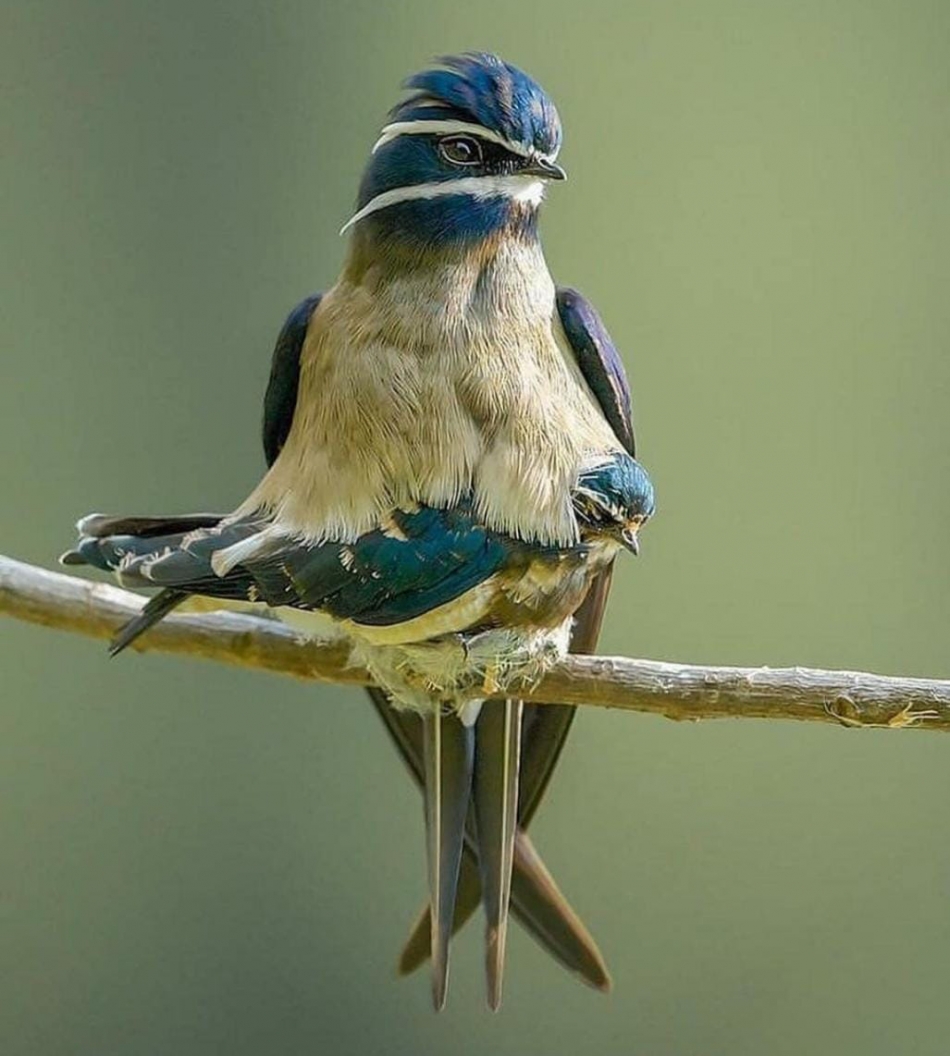
The Whiskered Treeswift, also known as Hemiprocne comata, belongs to the family of Hemiprocnidae and is a type of bird. This species can be found in various countries, including Brunei, Malaysia, Singapore, Indonesia, Myanmar, Philippines, and Thailand. The male Whiskered Treeswift has a dark bronze-brown body with a white belly, flanks, and under tail-coverts. It also has long wings, a deep blue forked tail, and white tertial flight feathers. Moreover, its head is slightly crested and ranges from blue to glossy black. The bird’s natural habitats are subtropical or tropical moist lowland forests, mangrove forests, and wet montane forests. The Whiskered Treeswift usually lives in small cover breaks such as tracks or streams in forests. It climbs up the highest emergent crowns in evergreen forests and tall mangroves. This bird species can be seen at elevations up to 1000 to 1100 meters on slopes, but it typically stays below 800 meters in N Malay Peninsula. Check out this link to see the Whiskered Treeswift in action: https://www.youtube.com/embed/NTB_nHh38ks.

The black-throated loon, also known as the Arctic loon and the black-throated diver, is a migratory bird that can be found in freshwater lakes located in northern Europe and Asia. During winter, it prefers to stay along ice-free coasts of the north-east Atlantic Ocean and the eastern and western Pacific Ocean. The species was identified by Carl Linnaeus in 1758; it is categorized into two subspecies and is closely related to the Pacific loon, although this is still a topic of debate. Recent studies suggest that the black-throated loon is sister to a clade consisting of the Pacific loon, the common loon, and the yellow-billed loon. Despite its declining population, the International Union for Conservation of Nature (IUCN) still considers it as “least concern” since the decline is not fast enough. The black-throated loon is protected under the Migratory Bird Treaty Act of 1918 and the Agreement on the Conservation of African-Eurasian Migratory Waterbirds.
